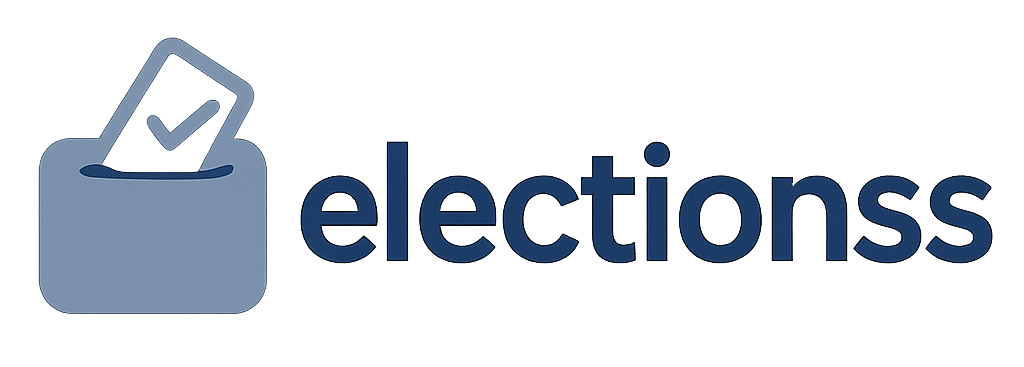High Voter Turnout in South Korea Offers Valuable Lessons for Taiwanese Electorate

The recent South Korean presidential election saw a remarkable voter turnout of 79.4%, marking the highest rate since 1997. This result is not just a strong reaction against the ruling party's missteps but also an expression of hope for the future from the electorate. In 1997, discontent towards the ruling party was spurred by the pressures of the Asian financial crisis, while this year's anger was provoked by President Yoon Suk-yeol's mismanagement.
On election day, polling stations across South Korea were overwhelmed with voters, highlighting their dissatisfaction with the current state of affairs. Elderly voters are eager to use their ballots to change the country's direction, while younger voters call for more representatives from their generation. These sentiments resonate with many in Taiwan today.
In Taiwan, older voters are largely dissatisfied with the ruling Democratic Progressive Party’s performance, feeling disillusioned by stagnant foreign relations and economic policies. Meanwhile, younger voters exhibit waning trust in the green camp, showing a cold response to government policies. If the DPP does not alter its course, they may face challenges in the upcoming local and legislative elections.
The electoral outcome in South Korea provides a crucial lesson for Taiwanese voters, illustrating that ballots are a vital tool for expressing public opinion. Taiwanese voters should take note of this, acting to show their discontent towards the ruling party. As new authorities reassess past lessons, it is important for Taiwanese voters to remember that respecting the will of the people is key to realizing true democracy.




